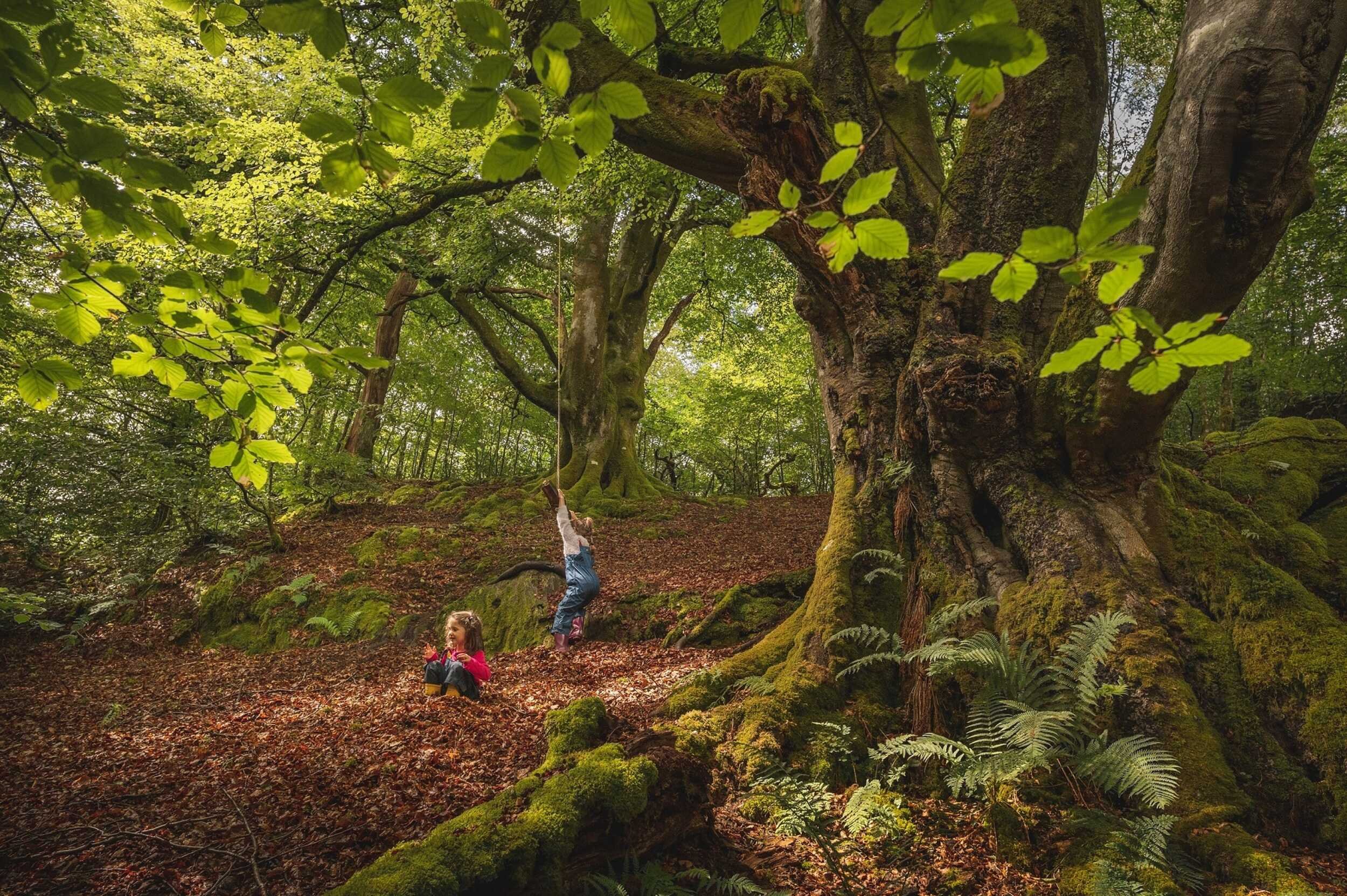Thinking Differently About Our Forests
In a world of consultations, feedback deadlines and community engagement, trees can sometimes be seen as a bewildering topic.
The Fantastic Forest Festival was a chance to approach the question of tree cover from new perspectives. How do we interact with trees, what benefits do they give us, what are the more intangible connections we have with our woodlands?
The festival consisted of 11 public events, supported by a Leeming & Paterson Artist’s Residency and a strand of school-based activities. These combined to give an opportunity for people of all interests and ages a chance to think differently about trees, forests and woodlands in Galloway.
The events included the chance to hear from tree champions, such as the author Guy Shrubsole who will be talking on 15 February about his search for the Lost Rainforests of Britain. Separately, Peter Norman from South West Scotland Environmental Information Centre and Malcolm Haddow from the Biosphere both have events that explore the recording and identification of local indicator species – trees and more - helping attendees increase their tree knowledge and contribute their findings to the wildlife records.
The Glenkens premiere of Riverwoods: An Untold Story in the Catstrand on 8 February was a chance to watch this award winning and highly acclaimed film telling the story of Atlantic Salmon and the complex relationship between fish and forest. This was followed by a panel discussion from experts and enthusiasts about the main themes in the film, with a chance to put your questions to the panel.
On the 24 February, Dalry Town Hall hosted an event called ‘Imagining our Future Woodlands’ which sought to push further on the question of what we need from Galloway’s future woodlands. This event wass led by GCAT’s ‘Watson Bird’ project and will bring together a range of local and national experts to consider our local issues in the context of national policy.
Throughout the festival, Leeming & Paterson were leading an Artists' residency, exploring creative ways of engaging widely on the topic of woodlands in Galloway, outside the normal engagement channels. This includes two artist-led walks on 28 January and 26 February. Aside from these events, there were postcards in local venues and opportunities to input across the Glenkens and surrounding area.
I am excited by what is in store. It feels like a chance to remind ourselves why we like trees and the range of services and benefits they provide. Galloway is playing a very important part in the national land use and commercial planting discussions. I hope one outcome of the festival is that a wider range of people engage in this discussion and we all feel able to have a say on the future for trees in Galloway.
McNabb Laurie



